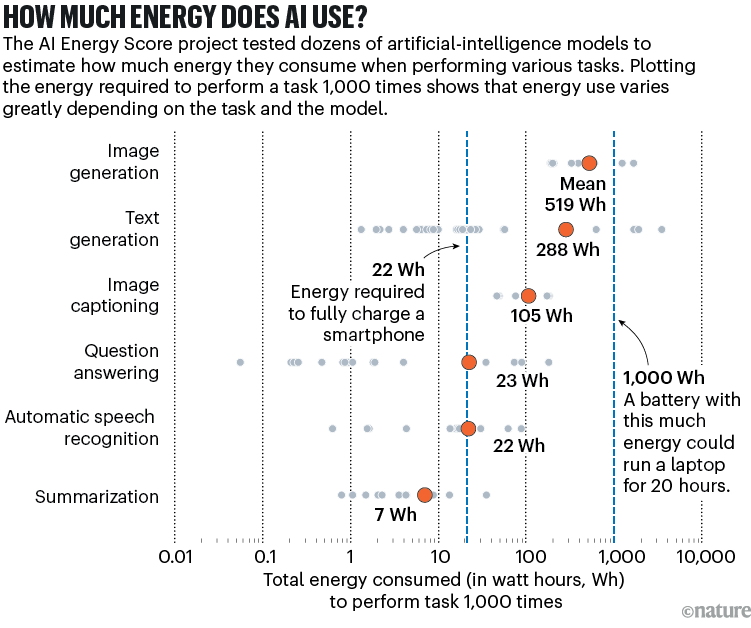7667766266
enquiry@shankarias.in
Mains Syllabus: GS III - Science and Technology- developments and their applications; Infrastructure - Energy, Environmental pollution and degradation.
Recently, OpenAI’s CEO Sam Altman said that the courtesy phrases like thank you to AI , are increasing OpenAI's operating costs by tens of millions of dollars a year.

Small Modular Reactors (SMR) - These are advanced nuclear reactors that have a power capacity of up to 300 MW(e) per unit, which is about one-third of the generating capacity of traditional nuclear power reactors.
To Know more about it , Click here.
The Hindu | Redrawing the not-so-pretty energy footprint of AI